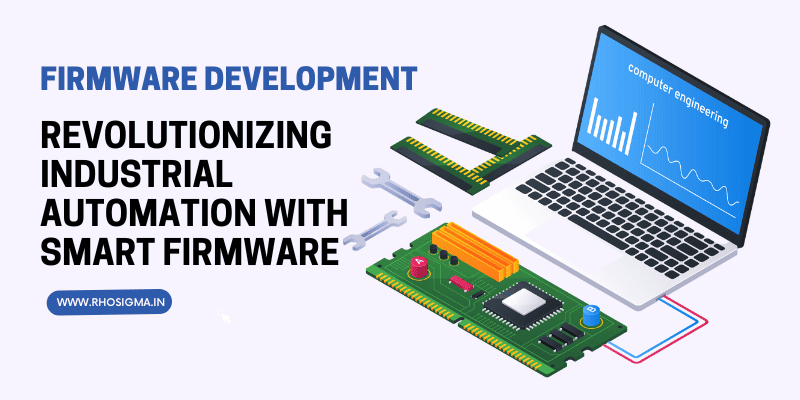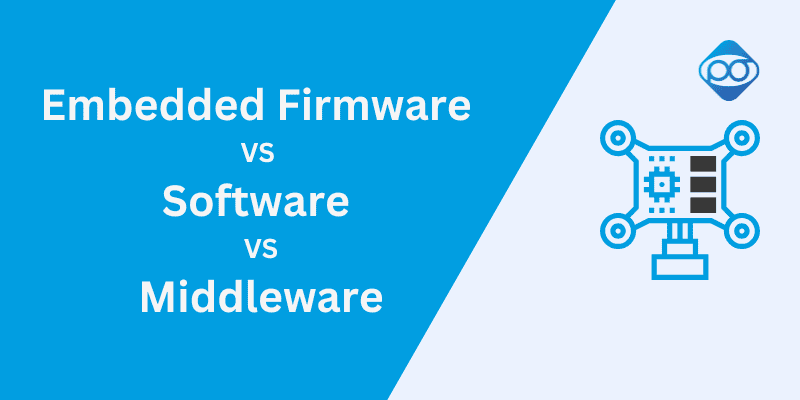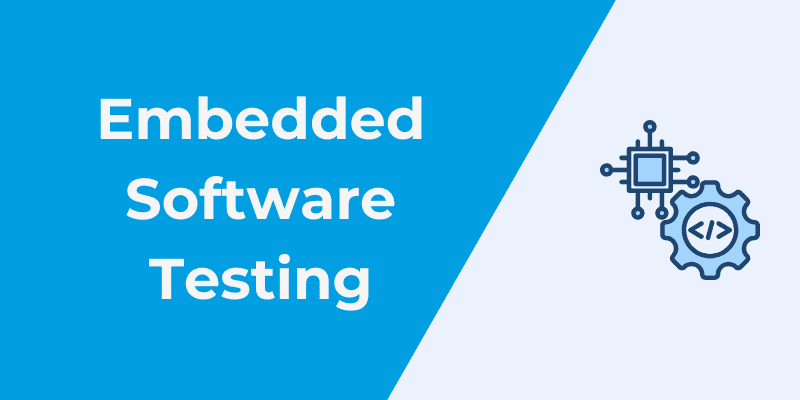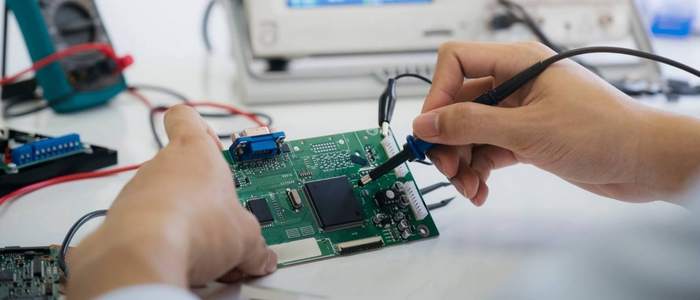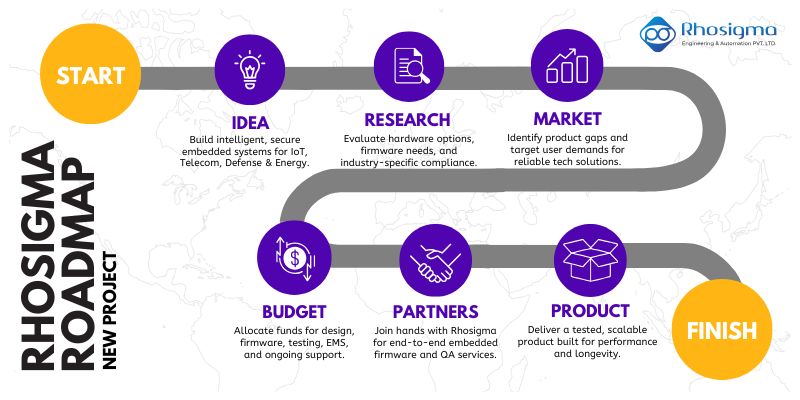Choosing the Right Firmware Architecture for Your Device

Choosing the right firmware architecture is a critical decision in embedded development. This blog explains how to evaluate different architecture types like bare-metal and RTOS based on your hardware needs, system complexity, scalability, and performance goals. Learn how thoughtful architecture choices can enhance security, support future updates, and align with your business objectives.
In the fast-evolving world of embedded systems, choosing the right firmware architecture isn’t just a technical decision; it’s a strategic one. Whether you're building a smart sensor, a wearable device, or an industrial control unit, the firmware is what defines how your hardware interacts with the world.
Need help selecting the best firmware architecture?
Talk to our experts and build it right from the start.
The architecture you choose will impact your product’s performance, scalability, maintenance, and even security. That’s why understanding firmware architectures and selecting the one best suited for your hardware is a critical early step in the development lifecycle.
Understanding Firmware Architecture Basics
Firmware architecture refers to the internal structure and design pattern of your embedded software. It determines how different modules like drivers, middleware, and application logic interact and operate within your device. A well-designed architecture simplifies development, enhances performance, and enables easy updates or feature additions.
On the other hand, a poor architectural choice can lead to inefficiencies, bugs, and scalability issues that are hard to resolve later. The goal is to align architecture with both the capabilities of your hardware and the expectations of your end users.
Factors That Influence Architecture Selection
Several factors determine which firmware architecture is ideal for your project. First is the complexity of your application. If your device has a simple, single-purpose function, a bare-metal architecture where the firmware runs without an operating system may be sufficient.
For more complex devices with multitasking needs, real-time responsiveness, or resource sharing, an RTOS (Real-Time Operating System) based architecture is typically a better fit. Other key considerations include power consumption, memory constraints, safety requirements, communication protocols, and future scalability.
Bare-Metal vs. RTOS: When to Use What
Bare-metal firmware is lightweight, fast, and ideal for low-cost, resource-constrained devices. It gives you full control over timing and hardware, making it excellent for high-speed control loops and ultra-low-power devices. However, it requires careful timing management and doesn’t scale well with added complexity.
RTOS-based architectures are more modular and scalable. They allow for multitasking, thread prioritization, and real-time scheduling, making them suitable for devices that perform several operations in parallel. RTOS also enables better fault isolation and can improve maintainability. However, it adds a layer of complexity and requires more resources, so it may not be suitable for highly constrained environments.
Layered and Modular Architectures for Maintainability
Beyond bare-metal and RTOS decisions, you’ll also want to consider how modular your firmware should be. Layered architectures with clear separations between hardware abstraction, middleware, and application layers make your code more portable and easier to maintain.
This is particularly useful in long-lifecycle devices or when your hardware evolves across product generations. A modular approach also allows your development team to work in parallel and reuse code across different projects or platforms.
Security and Update Considerations
Security is no longer optional in firmware development. Your architecture must support secure boot processes, encrypted communication, and over-the-air (OTA) updates if your device is connected. Choosing an architecture that allows for easy integration of security features can save time and reduce risks down the line. In many IoT and industrial applications, a secure and updatable firmware platform is essential for compliance and long-term reliability.
Aligning Architecture with Business Goals
Firmware isn’t just code it’s a business-critical asset. The architecture you choose should align with your product goals, timelines, and future plans. Will the device require future updates or new features? Will it integrate with cloud platforms? Does it need to comply with industry standards or certifications? These business considerations often drive architectural decisions just as much as technical ones.
Planning a custom firmware project?
Request a quote today and bring your hardware to life.
Final Thoughts: Architecture as the Foundation of Success
Selecting the right firmware architecture sets the tone for your entire project. It influences development efficiency, system reliability, and the ease with which you can scale, secure, and maintain your device. By carefully evaluating your hardware needs, application requirements, and long-term goals, you can choose an architecture that empowers your product not limits it.
